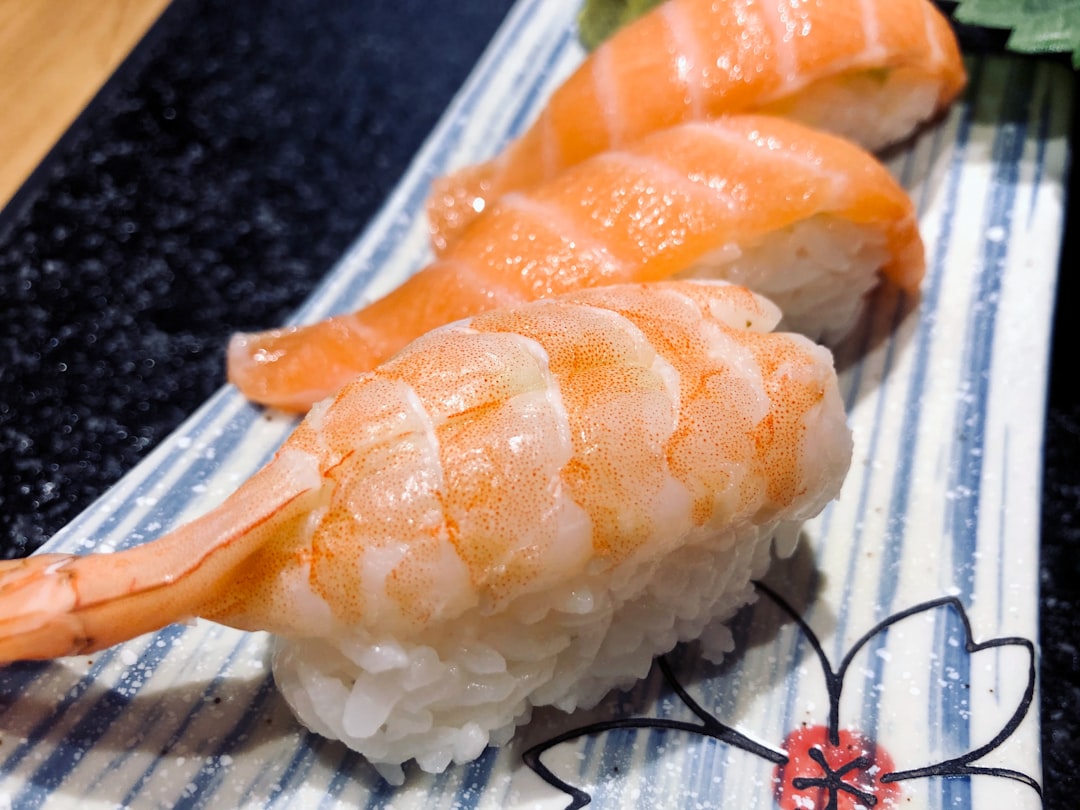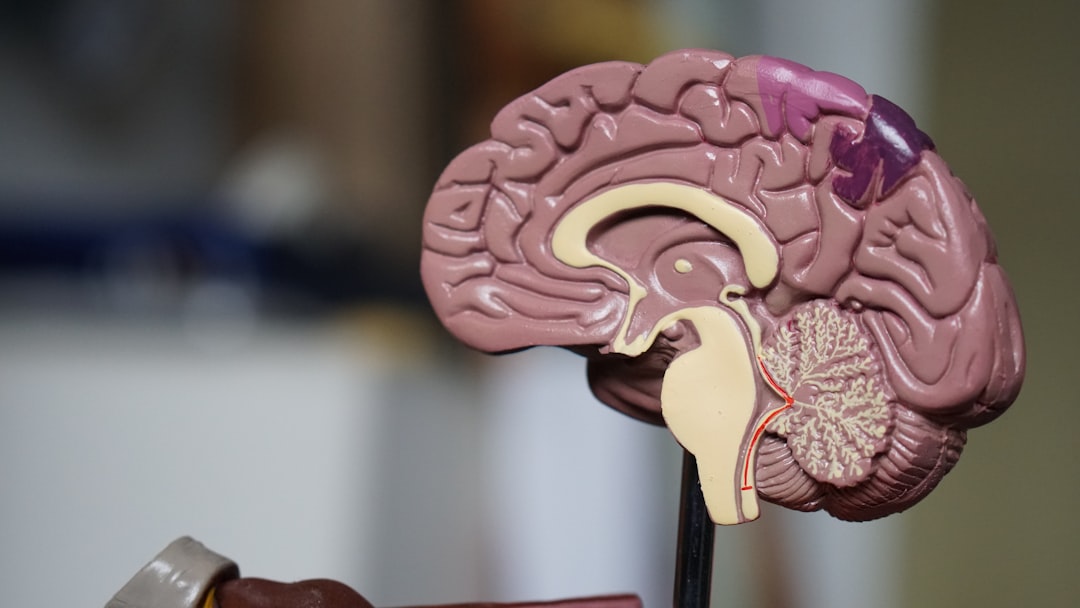What is it about?
This study demonstrate the mechanism that allows the long-term survival of adult cardiac myocytes within the scarred region of the post-infarcted cardiac muscle.
Featured Image
Why is it important?
Considering the persistent failure of various regenerative strategies to quickly and sustainably revascularize a large, chronically ischemic region to retain the transplanted myogenic cells which are supposed to heal the damaged muscle, we decide to investigate the survival mechanism of residual adult muscle cells remaining in the transmural cardiac scars. These cell can eventually be used as an endogenous source of contractile cells to restore the damaged cardiac muscle.
Perspectives
The findings presented in this study demonstrate that the long-term survival of mature cardiac myocytes in transmural post-MI scars of middle-aged rats relied on the preservation of local, functionally patent microcirculatory beds. These microcirculatory beds remained cohesive with the remnants of the preexisting venous system, which probably operated as a trans-scar conduit for oxygenated blood exchange between left ventricular cavity and subepicardial veins. We believe that the regions of the scar showing the presence of surviving cardiac myocytes accompanied by patent microvascular networks can be a primary target for scar-modifying therapies, especially those geared toward using an endogenous source of contractile cells to restore functional myocardium in infarcted areas.
Dr Eduard I Dedkov
Cooper Medical School of Rowan University
Read the Original
This page is a summary of: Preservation of Functional Microvascular Bed Is Vital for Long-Term Survival of Cardiac Myocytes Within Large Transmural Post-Myocardial Infarction Scar, Journal of Histochemistry & Cytochemistry, November 2017, SAGE Publications,
DOI: 10.1369/0022155417741640.
You can read the full text:
Contributors
The following have contributed to this page










